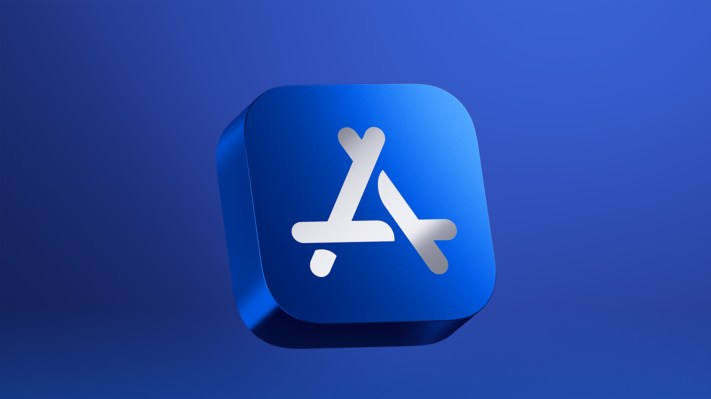Building a PLG motion on top of usage-based pricing

I spent several years as a general manager at Amazon Web Services and my teams launched two Tier 1 services: Amazon CloudSearch and Amazon OpenSearch.
Like every product at AWS, these were scaled with a product-led growth (PLG) market motion. There were no gated features or subscription tiers to choose from. Instead, a usage-based pricing (UBP) model has always been used to charge based on consumption, directly correlated to the value being delivered to the user.
AWS pioneered the product-led movement by offering its entire suite of offerings on a fully pay-as-you-go basis when it came to market in 2011. Developers could immediately begin using the services in the free tier to realize value, and there was no mandatory bundling or gatekeeping account managers. In 2011, AWS was far ahead of its time. It is only now that we are seeing companies of all sizes pivoting to a product-led motion.
Usage-based pricing is an essential component of any PLG strategy. In fact, it’s my belief that you cannot have true PLG without UBP. To be truly product led there should be no friction when adopting the product and realizing value. The doors should be wide open and new users should be able to come in and use the tools.
To succeed with any product-led strategy, it’s essential to have real-time awareness and granular visibility into what your users are actually doing with the product, which features are being used and how value is being realized. The following steps are informed from the process we followed in the early days of launching and scaling services at AWS from day one. This process allows you to remove emotion and gut feel from pricing and product decisions while allowing customer usage and consumption to lead your decision-making and help your business scale.
When the time comes to make decisions about product packaging and pricing, the first place you turn to should be the metering pipeline for historical usage data.
Step 1: Invest in usage instrumentation
Usage data is the foundational building block of any product-led motion. Usage provides the intelligence that drives all other functions, from pricing and packaging to sales, support engagements and even product roadmap development. This data shows which features are driving traffic and adoption and where you need to scale your efforts to continue meeting user needs.
Most organizations cannot easily implement usage instrumentation at scale, and the existing tool sets for monitoring and observability do not deliver on requirements for total accuracy and auditability. Metering solutions were born out of this need for a new category of technology that could accurately track usage for any resource, at any scale, in real time and make this data available for analytics and reporting.
Continue to instrument new features and products as they are developed to curate an exhaustive set of usage data that you can analyze and base business decisions on.
Step 2: Make usage data available throughout your business
Consistently assess and ensure that each department has access to the insights they need to do their work. In a product-led motion, the product is the primary vehicle through which you engage with customers; other go-to-market actions are designed to provide support. Roles across the organization can effectively leverage usage data with the correct tools and strategies.
Ensure that your meter data pipeline is the single source of truth for data on usage and consumption. You should take care to identify what product and usage data each role across your organization needs to be successful. The data should be indexed and accessible to permissioned users.




